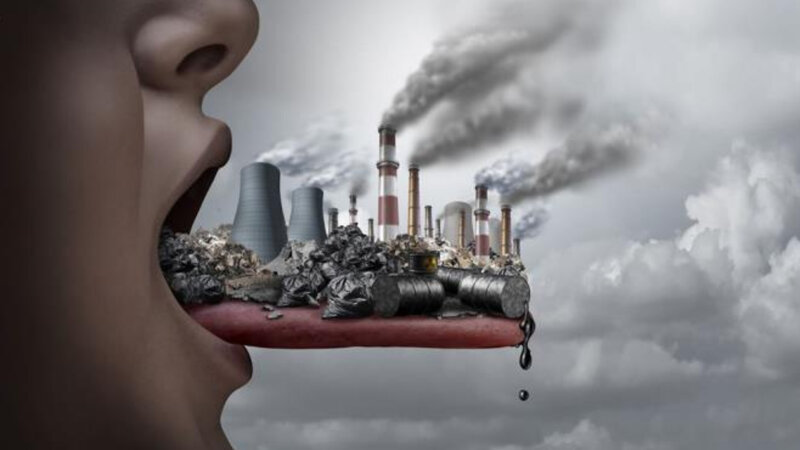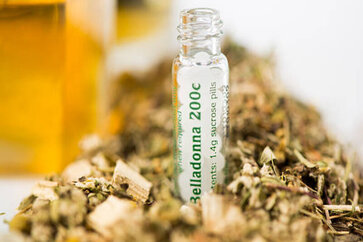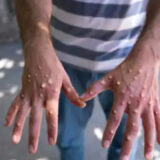Environmental Toxins Which Can Affect Passage
It’s important to remember that exposure to environmental toxins is a complex issue and can have a range of effects on growth and development. To minimize exposure, it’s important to follow safe handling and disposal practices for chemicals, advocate for policies that reduce pollution, and make informed choices about the products we use and the foods we eat.
There are many environmental toxins which can affect passage growth and development in humans, animals, and plants. Some of the most common environmental toxins that can negatively impact growth and development include:
1. Lead: Lead is a toxic metal that can damage the central nervous system, cause developmental delays, and impair cognitive function in children.
2. Mercury: Mercury is a toxic metal that can damage the brain and nervous system, particularly in fetuses and young children.
3.PCBs: Polychlorinated biphenyls (PCBs) are synthetic chemicals that were once widely used in electrical equipment and other industrial applications. Exposure to PCBs can cause developmental delays, cognitive impairments, and other health problems.
4. Pesticides: Pesticides are chemicals used to control insects, weeds, and other pests. Exposure to pesticides can cause a range of health problems, including developmental delays, cancer, and reproductive problems.
5. Air pollution: Exposure to air pollution, including particulate matter and nitrogen dioxide, can affect lung development in children and lead to respiratory problems later in life.
6. Bisphenol A (BPA): BPA is a synthetic compound used in the manufacture of certain plastics. Exposure to BPA can disrupt hormone function and affect growth and development in children.
7. Dioxins: Dioxins are highly toxic chemicals that are byproducts of various industrial processes, such as waste incineration and paper bleaching. Exposure to dioxins can lead to developmental delays, immune system dysfunction, and cancer.
8. Perfluorinated compounds (PFCs): PFCs are chemicals used in the manufacture of various consumer products, such as non-stick cookware and waterproof clothing. Exposure to PFCs can affect fetal growth and development and impair immune system function.
9. Arsenic: Arsenic is a toxic metal that can be found in groundwater and food. Exposure to arsenic can affect fetal growth and development and increase the risk of cancer and other health problems.
10. Flame retardants: Flame retardants are chemicals added to furniture, electronics, and other products to reduce the risk of fire. Exposure to flame retardants can affect cognitive development and increase the risk of cancer and other health problems.
11. Tobacco smoke: Exposure to tobacco smoke, particularly during pregnancy, can affect fetal growth and development and increase the risk of sudden infant death syndrome (SIDS).
12. Polycyclic aromatic hydrocarbons (PAHs): PAHs are a group of chemicals found in air pollution and tobacco smoke. Exposure to PAHs during pregnancy can affect fetal growth and development and increase the risk of cancer and other health problems.
13. Phthalates: Phthalates are chemicals used in the manufacture of plastics, such as vinyl flooring, shower curtains, and food packaging. Exposure to phthalates during pregnancy can affect fetal growth and development and increase the risk of developmental delays and reproductive problems.
14. Heavy metals: Heavy metals, such as cadmium, chromium, and nickel, can be found in air pollution, soil, and water. Exposure to heavy metals can affect growth and development in children and increase the risk of cancer and other health problems.
15. Chlorine: Chlorine is a chemical used to disinfect water and swimming pools. Exposure to chlorine can affect lung function in children and increase the risk of asthma and other respiratory problems.
16. Nitrate: Nitrate is a chemical found in fertilizers and can contaminate groundwater and drinking water. Exposure to high levels of nitrate can affect fetal growth and development and increase the risk of cancer.
It’s important to note that exposure to environmental toxins can have a range of effects on growth and development, depending on the type of toxin, the timing and duration of exposure, and the individual’s age, genetics, and other factors.
To reduce the risk of exposure, it’s important to follow safe handling and disposal practices for chemicals and to advocate for policies that reduce pollution and protect public health.
It’s important to be aware of these environmental toxins and take steps to minimize exposure, particularly for pregnant women and young children who are most vulnerable to their effects.























